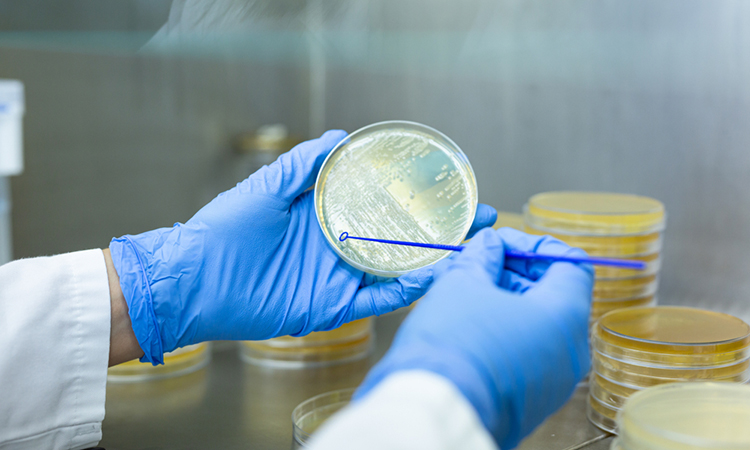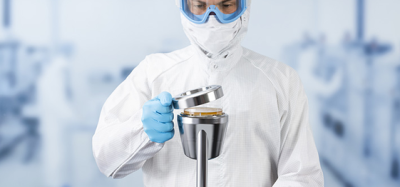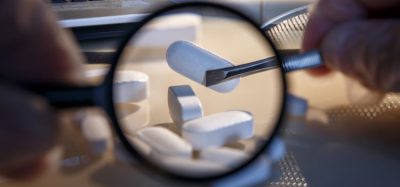Microbial surface recovery superior for vinyl than stainless steel
Posted: 5 January 2021 | Victoria Rees (European Pharmaceutical Review) | 1 comment
Researchers have shown that microbial surface recovery using contact plates was superior on vinyl than stainless steel.


A new study has shown that microbial surface recovery was superior for vinyl when compared with stainless steel, two surfaces common to pharmaceutical facilities.
According to Tim Sandle, the author of the paper, viable environmental monitoring methods in healthcare and pharmaceutical settings remain primarily culture based, with one example being the contact plate. However, although this is a commonly used method, there are some sampling aspects that remain under-researched.
The researchers highlight that the factors affecting surface recovery relate to microbial adhesion, the type of surface, the sampling method and the time and pressure applied. The researchers investigated the contact plate and whether method improvements – in the form of applicators designed to control time and pressure – can improve the recovery of microorganisms from surfaces or at least aid with the consistency of sampling practice. To examine the effect of time when a consistent pressure is applied, in relation to microbial recovery, the team studied the organism Staphylococcus aureus on stainless steel and vinyl. In the study, an applicator that controls both time and pressure was used. While the pressure was fixed, the factor of time was varied.
They found that surface recovery was superior for vinyl compared with stainless steel. For both surface types, a 20 second sampling time was shown to lead to a better recovery compared to a 10 second sampling time (with a 30 second sampling time not leading to a significant improvement to the microbial surface recovery).
According to the scientists, the data from the study also revealed the typical proportion of microbial numbers that a contact plate can consistently recover from a surface. This proportion was found to be relatively low, at no more than 25 percent.
“Microbiologists must remain cognizant that the levels of organisms recovered from a cleanroom surface are likely to be an underestimation of the organisms attached to the surface,” write the researchers in their paper.
The study was published in EJPPS.
Related topics
Analytical techniques, Environmental Monitoring, Microbiology, QA/QC










Very interesting research overview. Thanks for the tip.